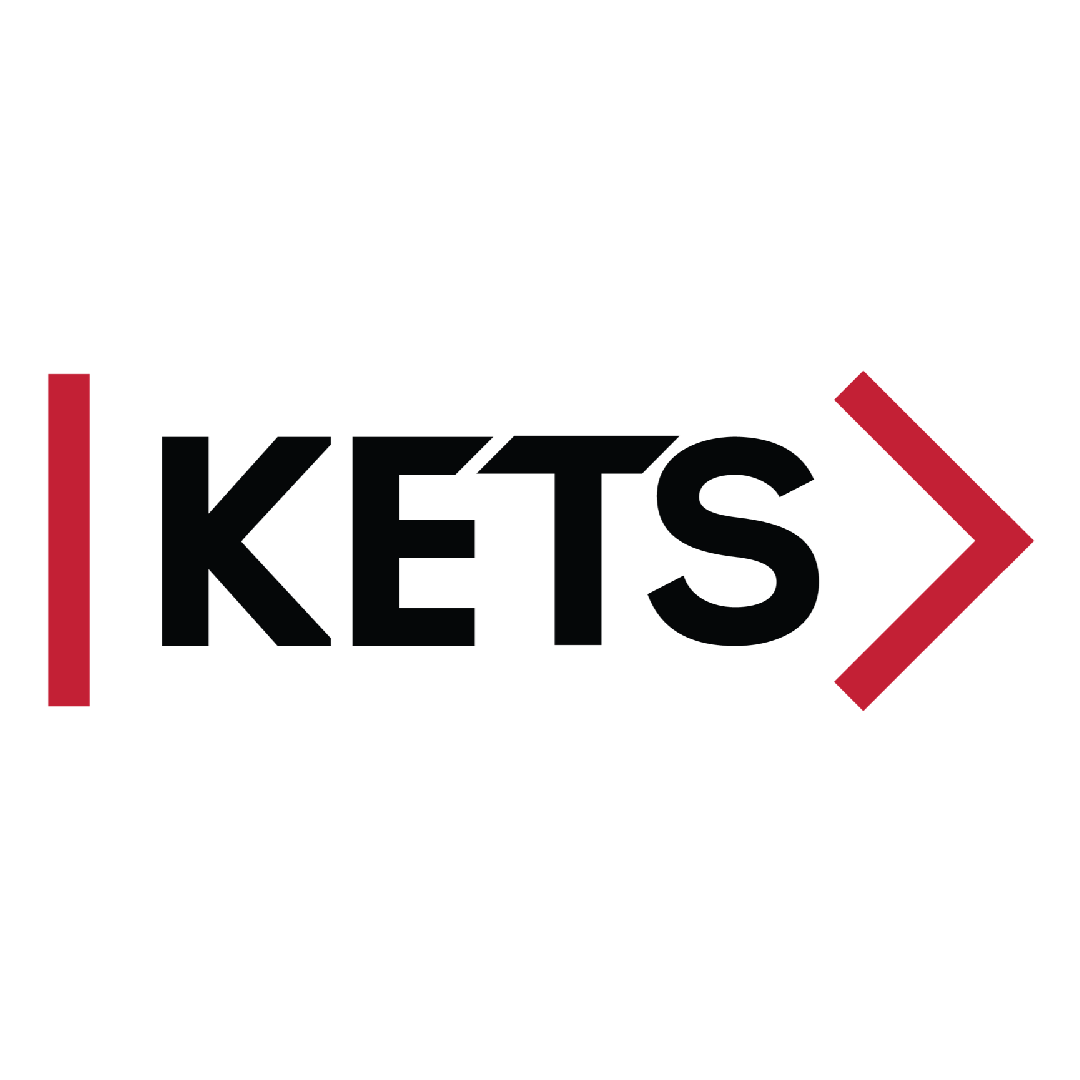
Majorana States in 1D Quasicrystals
coming soon...
Completed and ongoing projects — click any card to expand for links and details.

coming soon...

At the National Quantum Computing Centre (NQCC) I created a suite of automated routines to align and calibrate the laser systems in their ion trapping experiment. This greatly reduced the time taken to set up and maintain the experiment, and has improved its overall performance and reliability.
This involved a lot of interesting machine learning techniques, implemented at a low level using the ARTIQ real-time control environment. There were further challenges around modelling the hysteresis characteristic of the piezoelectric actuators used to make the system robust.
coming soon...

The problem is the process of doping YBCO with calcium is difficult to control, and can lead to inhomogeneous samples. Moreover, literature on such experiments often only quoted the Ca concentration of the precursor materials, and failed to report on the final uptake and its homogeneity.
We employed scanning electron microscopy (SEM) to map the calcium distribution in a series of YBCO samples doped with varying levels of calcium. SEM imaging provided the basis of morphological analysis of surface calcium defects, and EDX mapping allowed for further quantitative analysis via the global spatial correlation coefficient and Moran's I coefficient.
coming soon...

In this project I developed and implemented optimisation algorithms to automate the calibration of phase shifters in a cascade of Mach-Zehnder interferometers (MZIs) on the PIC.
coming soon...